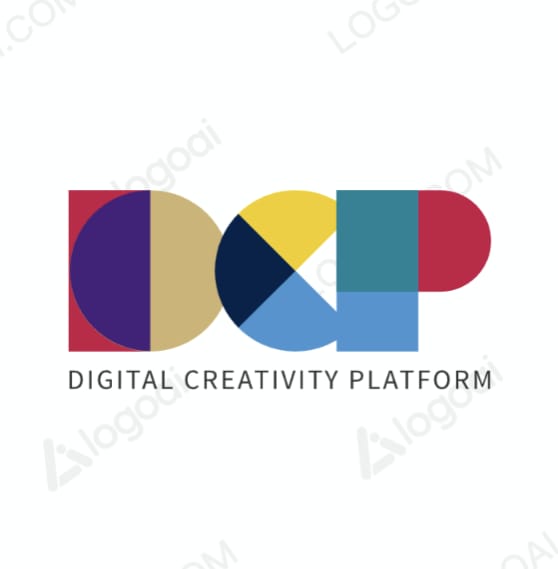A Cultural Renaissance
Introduction: In the digital age, creativity has transcended traditional mediums, fostering a unique blend of art, technology, and culture. This article explores the profound impact of digital creativity on cultural landscapes worldwide, highlighting how it is reshaping artistic expression, cultural narratives, and societal norms.
The Dawn of Digital Creativity: Digital creativity emerged as a byproduct of the technological revolution, offering new platforms and tools for artistic expression. It encompasses everything from digital art and music production to virtual reality and online storytelling. This fusion of tech and creativity is not just changing how art is made, but also how it is consumed and perceived culturally.
Transforming Visual Arts and Design: Visual arts have undergone a seismic shift with the advent of digital tools. Digital artists use software like Adobe Creative Suite and 3D modeling programs to create visuals that challenge traditional art forms. This digital renaissance is redefining artistic norms and opening doors to new cultural expressions that reflect contemporary society’s complexities.
Redefining Music and Soundscapes: Digital technology has democratized music production, making it accessible to a broader range of artists. This has led to the emergence of new genres and subcultures, reflecting diverse cultural backgrounds and stories. Digital platforms like Spotify and SoundCloud play a pivotal role in distributing this music, transcending geographical boundaries and cultural barriers.
The Digital Film Revolution: The film industry has been revolutionized by digital technology. High-definition cameras and advanced CGI have enabled filmmakers to tell stories in visually stunning ways, often reflecting cultural themes and societal issues. This evolution in filmmaking has made diverse cultural narratives more accessible and relatable to global audiences.
Literature in the Digital Age: Digital platforms have transformed the literary world, introducing e-books and interactive storytelling. This shift has made literature more accessible, encouraging a culture of reading and writing across different languages and cultural contexts. Digital platforms provide a voice to underrepresented communities, allowing for a more diverse range of stories and perspectives.
Impact on Cultural Identity and Narratives: Digital creativity has played a significant role in shaping and reshaping cultural identities. Social media and digital platforms allow for the sharing of cultural narratives, traditions, and artistic expressions on a global scale. This exposure fosters greater understanding and appreciation of diverse cultures, bridging gaps and building global communities.
Challenges and Ethical Considerations: Despite its benefits, digital creativity faces challenges such as the digital divide, intellectual property issues, and cultural homogenization. There’s a growing need to address these issues to ensure that digital creativity continues to enrich cultures rather than diluting them.
Conclusion: Digital creativity is more than just a technological phenomenon; it’s a cultural movement that is redefining the boundaries of art and expression. As it continues to evolve, it will play a crucial role in shaping cultural landscapes, fostering global connectivity, and enhancing our understanding of the diverse world we live in.

